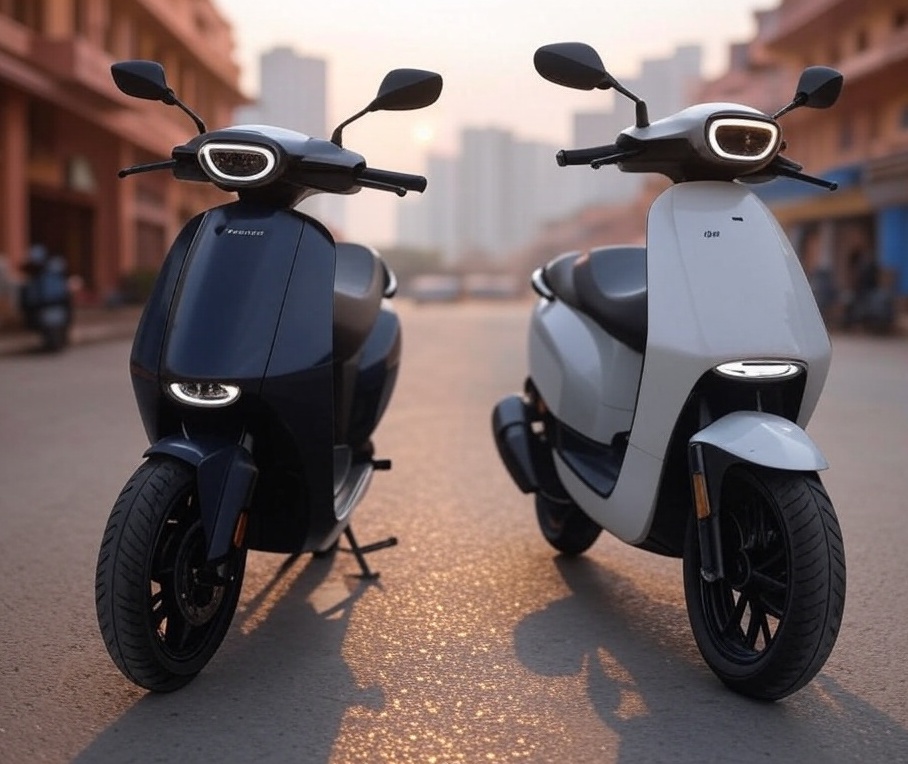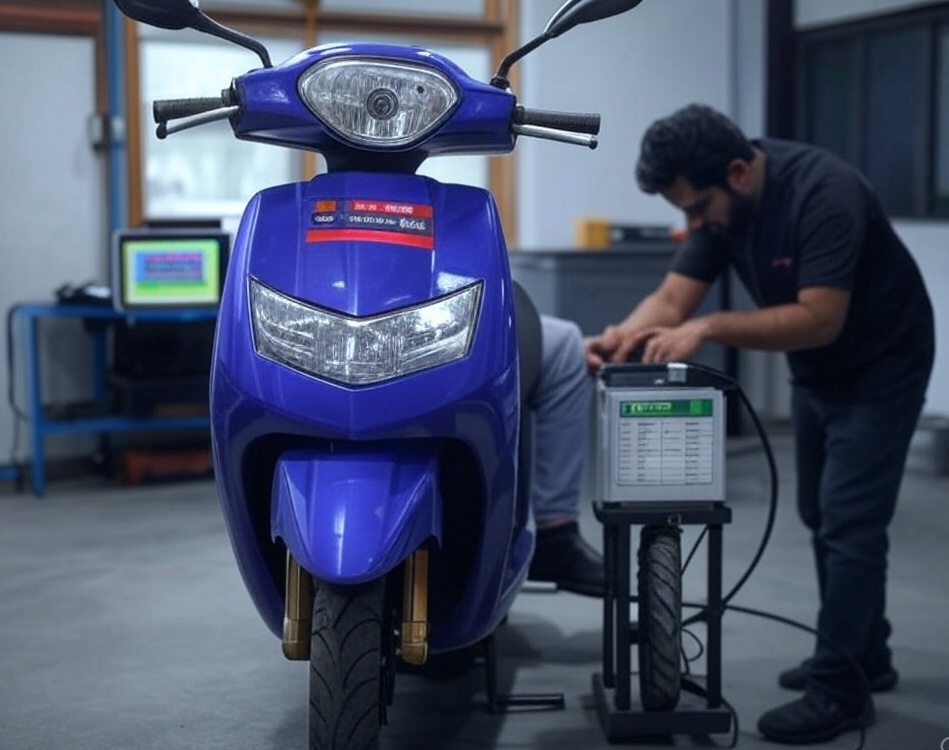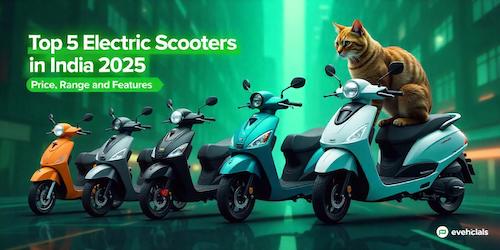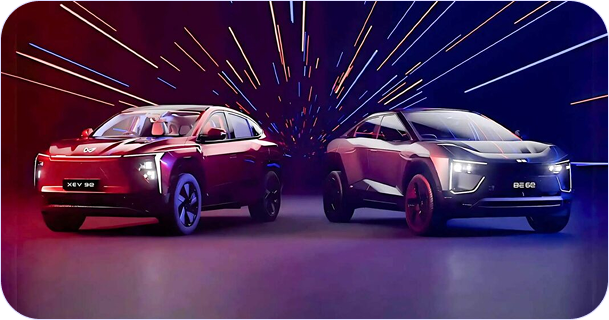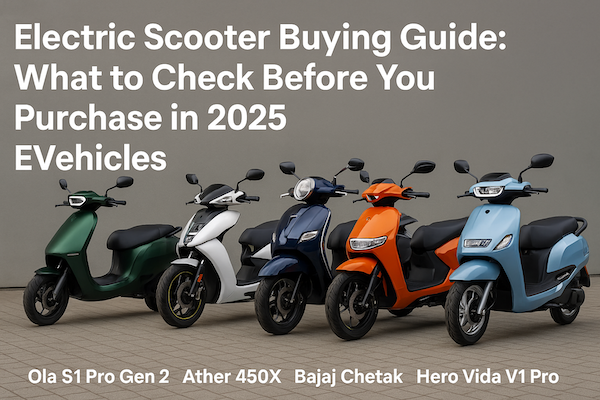
Electric scooters are revolutionizing commuting in India, offering eco-friendly, cost-effective alternatives to petrol-powered vehicles. With 2025 bringing advancements in battery tech, charging infrastructure, and government subsidies like the PM E-Drive scheme, it’s the perfect time to buy an electric scooter. But with so many options—Ola S1 Pro, Ather 450X, Bajaj Chetak, and more—how do you choose the right one? This electric scooter buying guide for 2025 covers the key factors to check before purchasing, ensuring you get the best ride for your needs. Whether you’re searching for “electric scooter buying guide 2025” or “best EV scooter tips,” we’ve got you covered.
Why Buy an Electric Scooter in 2025?
India’s EV market is booming, with electric two-wheelers projected to hit 25% market share by 2025, driven by rising fuel costs (0+ per liter) and environmental awareness. Electric scooters cost just 0–15 per charge, offer low maintenance, and benefit from policies like Maharashtra’s EV incentives. However, picking the wrong model can lead to range anxiety or high costs. Let’s dive into the essential factors to consider before buying.
1. Budget: Balancing Price and Value
Your budget sets the foundation for your purchase.
Price Range: Electric scooters in 2025 range from ₹70,000 (budget models like Hero Electric Atria) to. 1.85 lakh (premium models like TVS iQube ST). Mid-range options like Ola S1 Pro (1.14 lakh) or Bajaj Chetak Premium (1.20 lakh) are popular.
Subsidies: Check for central (PM E-Drive) and state subsidies (e.g., 5,000 off in Delhi). These can lower costs by 10–20%.
Long-Term Savings: EVs save 0,000–50,000 annually on fuel and maintenance compared to petrol scooters (e.g., Honda Activa).
Tip: Set a budget but factor in the total cost of ownership. Search “electric scooter price in India 2025” to compare deals.
2. Range: Match Your Daily Needs
Range determines how far you can ride on a single charge.
City Commutes: An 80–100 km range (e.g., Hero Electric Atria, ~85 km) suits daily rides of 20–30 km.
Longer Trips: Opt for 150+ km range models like Ola S1 Pro (176–242 km) or Hero Vida V1 Pro (163 km). The real-world range is often 70–80% of claimed figures.
Factors Affecting Range: Weight, speed, and terrain (e.g., hilly areas) reduce range. Eco modes on Ather 450X or TVS iQube extend mileage.
Tip: Calculate your daily commute and add a 20% buffer. Look up “electric scooter range 2025” for real-world reviews.
3. Performance: Power and Speed
Performance impacts your riding experience, especially in traffic-heavy cities.
Motor Power: Budget scooters (e.g., Ampere Nexus, 4 kW) hit 60–70 kmph, while premium models like Ola S1 Pro (11 kW, 120 kmph) or Ather 450X (6.4 kW, 90 kmph) offer zippy acceleration (0–40 kmph in 2.6–3.3 seconds).
Ride Modes: Most scooters offer Eco, Ride, and Sport modes. Ola’s Hyper mode or Ather’s Smart Eco cater to varied needs.
Handling: Lightweight scooters (e.g., Ather 450X, 108 kg) are agile in cities, while heavier ones (e.g., Ola S1 Pro, 116 kg) suit open roads.
Tip: Test ride to assess speed and handling. Search “best electric scooter comparison 2025” for performance insights.
4. Battery and Charging
The battery is the heart of an EV, and charging convenience is critical.
Battery Type: Lithium-ion batteries (e.g., 3–4 kWh in Ola or Ather) are standard, offering 3–5 years or 1,000 charge cycles.
Charging Time: Standard charging takes 4–6.5 hours (e.g., Ather 450X: 4 hours, Ola S1 Pro: 6.5 hours). Fast charging (e.g., Ola Hypercharger, 75 km in 18 minutes) is ideal for quick top-ups.
Charging Infrastructure: Ather Grid and Ola Hyperchargers are expanding in cities like Bangalore and Mumbai. Home charging requires a 15A socket and a 650–750W charger.
Tip: Check if your home or workplace supports charging. Research “Electric scooter charging tips 2025” for infrastructure updates.
5. Features: Tech and Convenience
Modern scooters are packed with tech to enhance your ride.
Smart Features: Look for 7-inch TFT displays (Ather 450X, Ola S1 Pro) with navigation, Bluetooth, and OTA updates. Ola’s Party mode and TVS iQube’s Alexa integration add flair.
Storage: Ola S1 Pro (34 litres) fits two helmets, while Ather 450X (22 litres) is more compact.
Safety: Features like regenerative braking, reverse assist (Bajaj Chetak), and anti-theft alarms (Hero Vida V1 Pro) boost practicality.
Tip: Prioritize features matching your lifestyle—navigation for city riders, and storage for families. Search “electric scooter features 2025” for trends.
6. Build Quality and Design
Durability and aesthetics matter on India’s diverse roads.
Build: Ather 450X’s aluminium chassis and Bajaj Chetak’s steel body ensure longevity. Ola S1 Pro’s single fork is less robust but stylish.
Design: Ather’s sporty look appeals to younger riders, while Chetak’s retro vibe suits traditionalists.
Ergonomics: Check seat height (e.g., Ather 780 mm vs. Ola 805 mm) and weight for comfort.
Tip: Visit showrooms to assess build and design. Look up “electric scooter reviews India 2025” for user feedback.
7. After-Sales Service and Warranty
Reliability and support are crucial for long-term ownership.
Service Network: Ather and Bajaj have established networks in metro cities; Ola is catching up but faces service delays in smaller towns.
Warranty: Most brands offer 3–8 years on batteries (e.g., Ather: 5 years, Ola: 8 years). Check terms for charge cycle limits.
Maintenance: EVs need minimal upkeep (₹2,000–3,000/year), but timely service prevents battery issues.
Tip: Choose brands with service centers near you. Search “electric scooter service India 2025” for network details.
Comparison Table: Top 2025 Models
|
Scooter |
Price (Ex-Showroom) |
Range (Certified) |
Top Speed |
Key Feature |
|---|---|---|---|---|
|
1.14 Lakh |
176–242 km |
120 kmph |
Party Mode |
|
|
1.49 Lakh |
111–161 km |
90 kmph |
Google Maps |
|
|
1.20 Lakh |
137 km |
73 kmph |
Retro Design |
|
|
1.85 Lakh |
150 km |
82 kmph |
Alexa Integration |
|
|
1.39 Lakh |
163 km |
80 kmph |
Removable Battery |
Bonus Tips for 2025 Buyers
Test Rides: Book demos to feel handling and comfort.
Subsidies: Apply for PM E-Drive or state incentives early to save.
Resale Value: Brands like Ather and Bajaj hold better value due to reliability.
Insurance: Opt for comprehensive EV insurance covering battery damage.
Common Mistakes to Avoid
Ignoring Range Needs: Don’t buy a low-range scooter for long commutes.
Overlooking Service: Avoid brands with sparse service networks in your area.
Skipping Test Rides: Real-world feel matters more than specs.
Focusing Only on Price: Cheap models may lack durability or features.
Why 2025 Is the Year to Go Electric
With India aiming for 30% EV adoption by 2030, 2025 is a sweet spot. Charging networks are growing (10,000+ stations by mid-2025), batteries are lasting longer (LFP cells in new models), and subsidies make EVs more affordable than ever. Whether you’re in Delhi, Mumbai, or Bangalore, an electric scooter is a smart investment.
Conclusion
Buying an electric scooter in 2025 is exciting but requires careful consideration. Check your budget, range needs, performance, battery, features, build, and service support to find the perfect ride. Models like the Ola S1 Pro, Ather 450X, or Bajaj Chetak offer something for everyone. Use this electric scooter buying guide to make an informed choice and ride into a greener future!
Want more EV tips? Read our “Top 5 Electric Scooters in India for 2025” or share your questions below!
